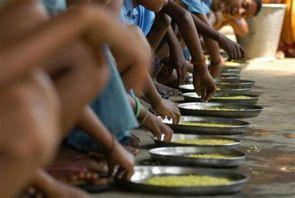
By Aditya Kalra and David Lalmalsawma
Political parties in India are relying more on social media ahead of the 2014 election as a way of increasing voter support, even though politicians in general do not expect such efforts to significantly influence election results.
Parties are trying to ride the digital wave by conducting workshops to teach leaders and foot soldiers how to improve engagement on websites such as Facebook and Twitter.
The country of 1.2 billion people had around 165 million Internet users as of March, the third-largest in the world, according to data from India’s telecommunications regulator. But the number of social media users is likely to grow to about 80 million by mid-2014, a report released in February said.
For the Bharatiya Janata Party, India’s main opposition party, social media is helping as an “accelerator” in conveying their messages to the public.
“I don’t call it a game changer, but an accelerator in this election … it’s definitely setting a narrative, it is influencing a lot of people,” Arvind Gupta, head of the BJP’s IT division, said in an interview.
by research group IRIS Knowledge Foundation and the Internet and Mobile Association of India said social media could have a “high impact” on 160 of the 543 constituencies in the next election, and no contestant could afford to ignore this medium. The study said 316 constituencies will have “low” or “no impact”.
Congress minister Shashi Tharoor, who has more than 1.9 million Twitter followers, cautions against overstating the effect of social media.
“I think it can be a game influencer, but I wouldn’t go beyond that at this stage … social media happens to offer an additional way, not a substitute for any of the traditional means of campaigning,” Tharoor, one of the earliest adopters of Twitter in Indian politics, said in an interview.
(Also read: An interview with Tharoor on social media plans of Congress and the digital presence of the Gandhis)
For years, election campaigns in India have been designed around public rallies, popular welfare
 schemes and print, television or radio advertising. Digital efforts have only recently made it to the list.
schemes and print, television or radio advertising. Digital efforts have only recently made it to the list.Costly personal computers and a largely rural population meant lower Internet penetration in India, but the user base has been growing at a rapid pace as markets are now flooded with cheaper smartphones and tablets.
Politicians are learning the potential of the online medium, which already plays a big role in election campaigns in countries such as the United States.
Other than Twitter and Facebook, leaders in recent months have used platforms such as Google Hangout to connect with the public, with Gujarat Chief Minister Narendra Modi and Finance Minister P. Chidambaram among the early adopters.
Modi, who is also the BJP’s prime ministerial candidate for 2014, is among India’s famous social media celebrities with 4.4 million Facebook ‘likes’ and 2.3 million Twitter followers.
While BJP leaders such as Modi and president Rajnath Singh are on Twitter, top Congress leaders such as Sonia Gandhi and Rahul Gandhi, seen as the PM-choice-in-waiting, are not.

In recent years, Tharoor says he has encouraged Rahul Gandhi to try Twitter, but the 43-year-old Congress vice-president hasn’t shown interest.
“There’s no doubt to my mind that both the Gandhis tend to be fairly reticent when it comes to projecting themselves individually; they prefer to let their work talk for them,” Tharoor said.
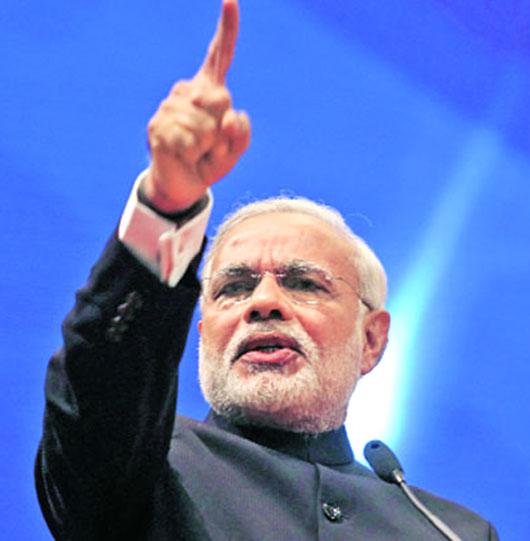
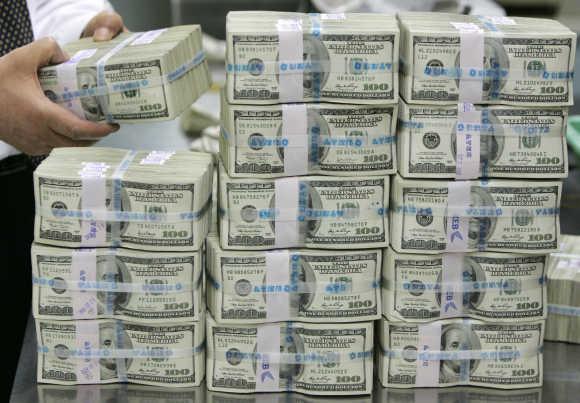
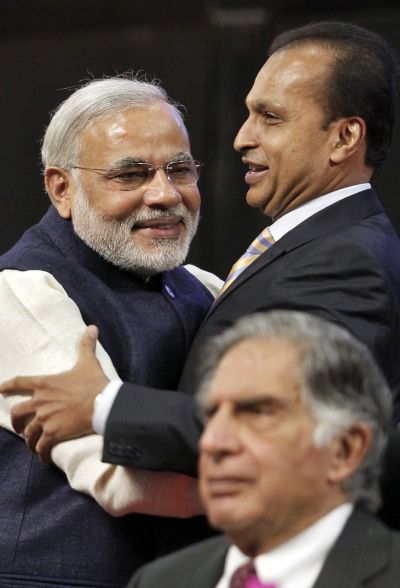
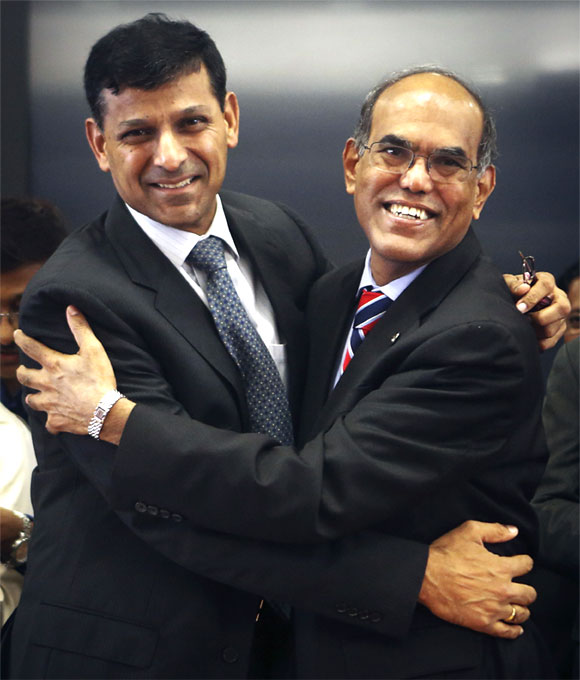
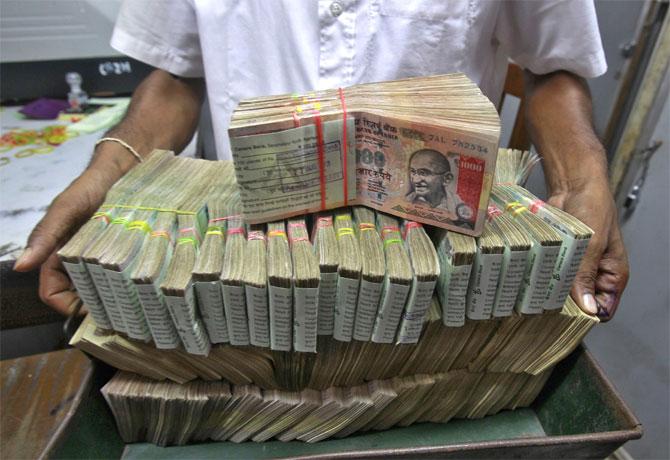 Abheek Barua
Abheek Barua 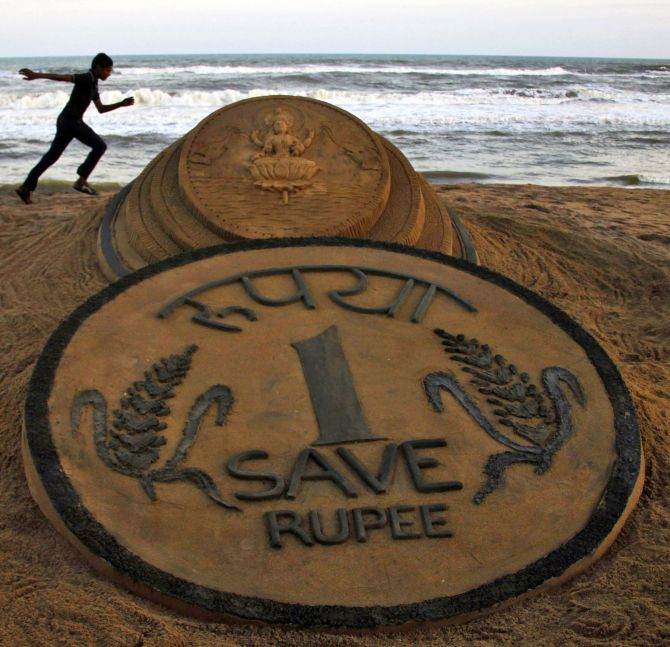 Prime Minister Manmohan
Singh sought to soothe worries about the economy on Friday, telling
parliament that the crashing value of the rupee was part of a needed
adjustment that would make Asia's third-largest eco
Prime Minister Manmohan
Singh sought to soothe worries about the economy on Friday, telling
parliament that the crashing value of the rupee was part of a needed
adjustment that would make Asia's third-largest eco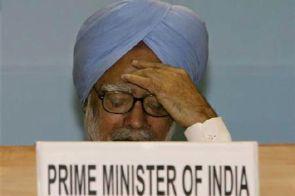 But
he said that a weaker currency was the natural outcome of several years
of high inflation, and although the rupee had overshot in the foreign
exchange market its decline would bring some economic benefits.
But
he said that a weaker currency was the natural outcome of several years
of high inflation, and although the rupee had overshot in the foreign
exchange market its decline would bring some economic benefits.